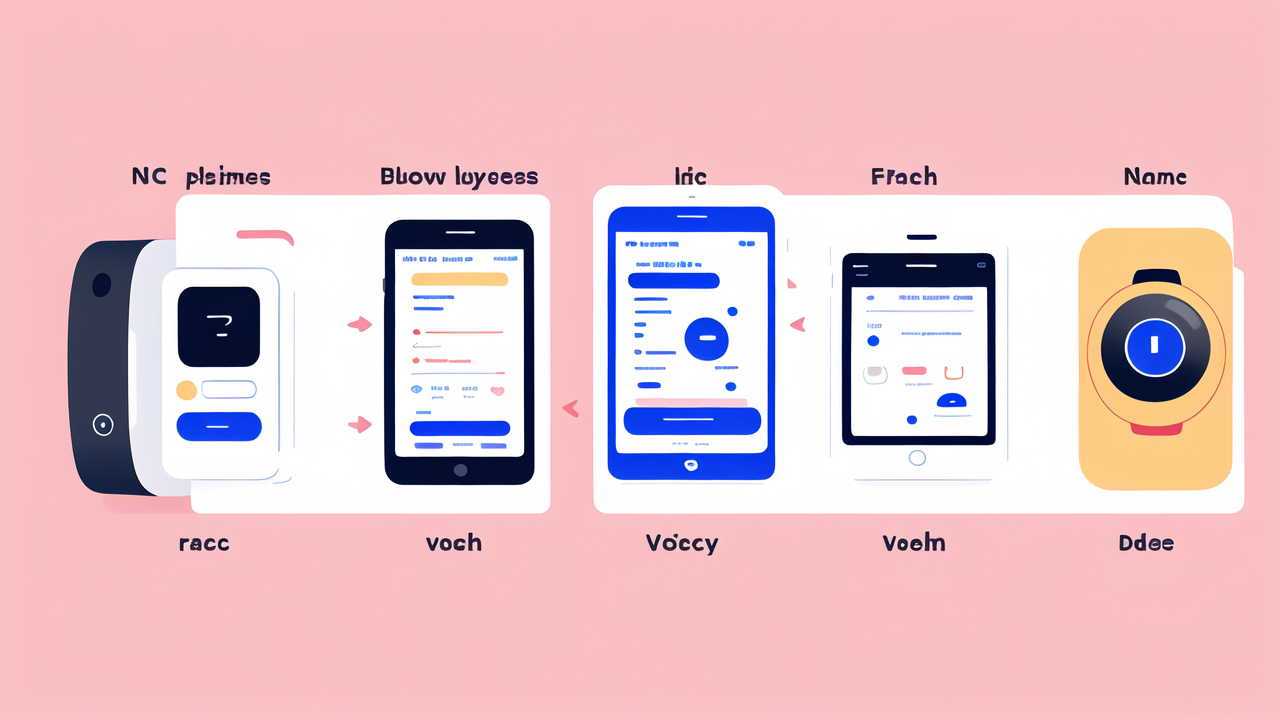The History and Advancements of Pulse Watches
Pulse Watches: The Beginnings of Wearable Technology
Pulse watches marked the start of wearable tech. They began as simple devices to measure heart rate. Early models used chest straps with a wrist display. These watches were bulky and not very accurate. They were mainly used by athletes and fitness enthusiasts. The first pulse watches appeared in the 1980s. They were a big step forward in personal health tracking. Users could now monitor their heart rate during exercise. This data helped people train more effectively. It also allowed for safer workouts.

Milestones in Pulse Watch Development
The journey of pulse watches has seen many key moments. In the 1990s, watches began to use optical sensors. This made them more comfortable and easier to use. The 2000s brought GPS tracking to pulse watches. Users could now map their routes and track distance. Battery life improved, allowing for longer use between charges. Water resistance became standard, making swim tracking possible. In the 2010s, touchscreens were added to many models. This made interfaces more user-friendly. Bluetooth connectivity allowed for easy data syncing with smartphones.
Technological Advancements Fueling the Modern Pulse Watch
Modern pulse watches are powered by cutting-edge tech. Sensors have become more accurate and smaller. This allows for sleeker designs and better data. Processors are faster, enabling real-time analysis. Battery tech has improved, with some watches lasting weeks. Materials science has led to lighter, stronger watch bodies. Many now use tough but lightweight metals or plastics. Software has become more sophisticated. It can now offer insights beyond just heart rate data. Cloud computing allows for vast data storage and analysis. This helps create more personalized health recommendations.
Key Features and Innovations in Today's Pulse Watches
Health and Wellness Monitoring
Today's pulse watches do much more than track heart rate. They can monitor sleep patterns and quality. Many track stress levels through heart rate variability. Some can measure blood oxygen levels. This is useful for altitude training or health monitoring. Advanced models can even detect irregular heartbeats. They may alert users to potential health issues. Step counting and calorie burn estimates are standard features. Some watches can track specific workout types automatically. They offer tailored metrics for activities like running, cycling, or swimming.

Smart Connectivity and Lifestyle Integration
Pulse watches now seamlessly connect to our digital lives. They can display notifications from our smartphones. This includes texts, calls, and app alerts. Many allow users to control music playback. Some offer contactless payments through NFC technology. Voice assistants like Siri or Google Assistant are built into some models. This allows for hands-free control and queries. Data syncing with health apps is automatic for most watches. This creates a comprehensive health and fitness profile. Some watches can even control smart home devices.
The Role of AI and Machine Learning
AI and machine learning are revolutionizing pulse watch capabilities. These technologies analyze vast amounts of user data. They can identify patterns and offer personalized insights. AI can predict potential health issues based on long-term data trends. It can suggest workout adjustments to improve performance. Machine learning helps watches become more accurate over time. It can fine-tune measurements based on individual user characteristics. AI assistants can offer real-time coaching during workouts. They can suggest recovery times and training intensities.
The Impact of Pulse Watches in the United States Market
Consumer Adoption and Market Trends
Pulse watches have seen rapid adoption in the US. They are no longer just for athletes. Many people use them for general health monitoring. The market has grown significantly in recent years. Major tech companies have entered the space. This has increased competition and innovation. Prices have become more accessible, boosting adoption. Different models cater to various user needs and preferences. Some focus on fitness, others on style or smart features. The COVID-19 pandemic has increased interest in personal health tracking.

Regulatory and Ethical Considerations for Wearable Devices
As pulse watches collect more data, regulations have become important. Privacy concerns are a major issue. Companies must protect user data from breaches. There are questions about who owns the data collected. Some worry about insurance companies using this data. Medical accuracy is another concern. Not all watches are approved for medical use. This raises questions about liability if a watch misses a health issue. There are also concerns about the psychological impact of constant health monitoring. Some worry it may increase anxiety in users.
Future Outlook: What's Next for Pulse Watch Technology?
The future of pulse watches looks bright and innovative. We may see more advanced health monitoring features. This could include continuous glucose monitoring for diabetics. Blood pressure monitoring without a cuff is another possibility. Watches may be able to detect early signs of diseases like Parkinson's. Battery life will likely continue to improve. We may see solar-powered or kinetic charging options. Displays could become more advanced, possibly using flexible screens. Integration with other devices, like smart clothing, may increase. As AI improves, watches could offer more precise health predictions and advice.




Leave a comment
This site is protected by hCaptcha and the hCaptcha Privacy Policy and Terms of Service apply.